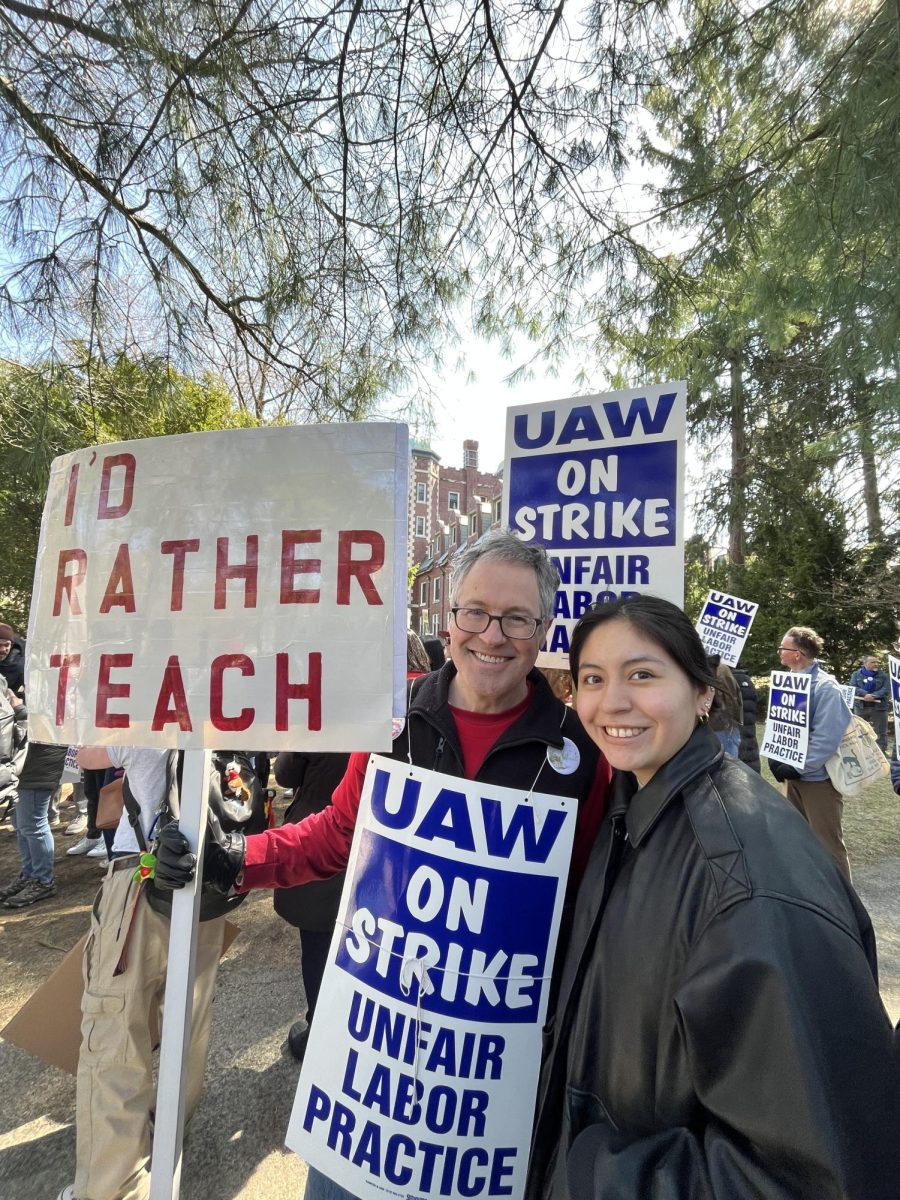Wellesley College’s recent transition to the Workday administrative system is not just an upgrade from the outdated previous system, Banner. It is also, as Ravi Ravishanker, the Chief Information Officer of Library and Technology Services, explained, part of a college-wide effort to make Wellesley’s electronic system as a whole more accessible and useful for faculty and students.
According to Ravishanker, the term “administrative system” is a comprehensive term for all of the College’s administrative functions from admission and financial aid to human resources and alumnae relations. However, he explained that the issue was less about the specific platforms of Banner and Workday and more about fixing the College’s inefficient administrative system. “If you take the words Banner and Workday out of the picture, then the question becomes, ‘The college is facing a lot of problems with an inefficient system, and what is the best way to solve them with a better and efficient system?’ ” Ravishanker said.
The College chose Workday as the new system because, as Ravishanker pointed out, there are simply not very many options when it comes to administrative systems like this. And of the available options, only certain systems fit Wellesley’s needs. One of the College’s biggest problems with Banner was not being able to access data easily.
“We cannot easily get at the data, so we have other systems to do that work. As a result, a system that we expect to be the one that is central to what we do is no longer able to do it, so we have so many other systems that we work with. This results in people having to know multiple systems, data gets fragmented, etc,” Ravishanker explained. Workday, however, is able to access and organize data easily and efficiently.
Another benefit of the Workday system is that it is used at multiple college campuses across the country and offers a training program for students. Workday reached out to Wellesley to offer this service, and two students, Brenna Carver ’17 and Xiaolin Lei ’17, completed the training.
The training program took place during the fall 2016 semester with an intensive two-day training over winter break. Lei reported that the program was “very detailed and well established. Workday seems to have a lot of experience training collegiate associates.”
Yet Carver believes that this training is not necessary for using Workday. “I think it’s good there’s two student employees who have done all the training, so we know all the ins and outs, but it was created to be very intuitive and easy to learn how to use, so I think anyone could learn how to do it without any training,” she said.
Ravishanker stressed that the transition came about through months of hard work from multiple departments, not just LTS.
“It’s a college-wide decision. There’s a big process we have to go through before we make such a big change… The rationale for this is that Banner is really not serving the purpose of the college community in many different ways. Its functionality is old, and it’s not able to do some of the things we want it to do. It also has been here for 25 years… So we have many, many processes at the college that are suffering from the fact that we are not able to change them and become more efficient,” he said.
Although the switch to Workday is not yet complete, parts of its platform have already been implemented. For example, the human capital management aspect of Workday, or everything related to human resources, has already been completed. College employees are already using Workday, as are student employees, who record their hours and get paid through the program.
Helen Korte ’17 is one student who often uses Workday to record the time she spends working in the German department. She loves that there is an easy mobile platform for accessing Workday, which was not the case with the previous system.
“Immediately after leaving the office, I put in my time in my phone… It’s been super easy. You don’t have to work though all these windows like in Banner. My first impression was this is pretty simple. For me, there’s not a huge difference between Banner and Workday. The only thing I think is different is that there’s a mobile platform,” she said.
Yet Ravishanker explained that there is still more to come. The financial aspect of Workday has been introduced, and by July 2017 all of the College’s finances will be associated with Workday. In addition, other features that are more useful for students, such as advising and registration, will begin this coming fall and be completed in 2019.
In addition, some students hope that certain attributes that are not currently associated with Workday, such as an improved work study website, will soon be added. The Student Labor Action Project, for example, has been working with Scott Wallace-Juedes, the Director of Student Financial Services, to try to improve the College Employment Office’s work study website and jobs posting page.
Daniela Kreimerman ’19, a member of SLAP, said that the current work study website is rarely used, outdated and ineffectual. She hopes incorporating it into Workday will make it more useful for student workers.
“Hopefully it would make the lives of student workers more streamlined because then you have one place to look at all your job needs… Hopefully having it in Workday would make it easier for employers to upload job postings because right now the job postings website doesn’t show the majority of jobs that are available. Most people hear about them through word of mouth,” she said.
Despite the improvements that are still to be made, most students are happy with the new Workday system.
“It’s really top of the line, and I think it’s great that Wellesley has such a nice service now,” Carver said.






